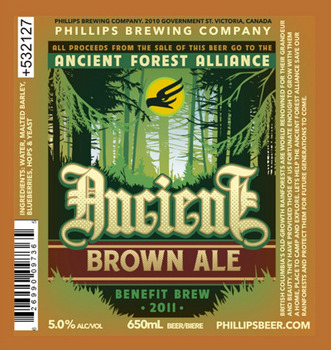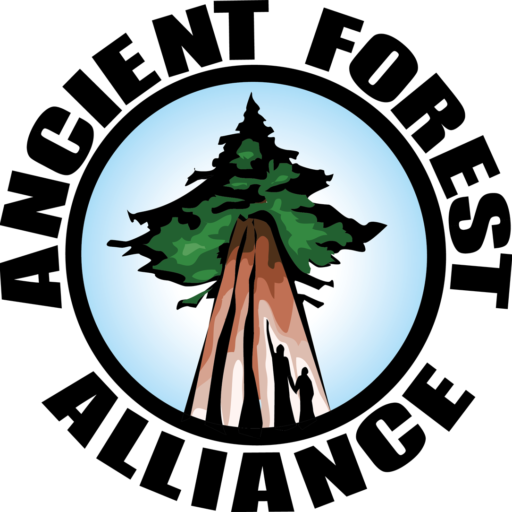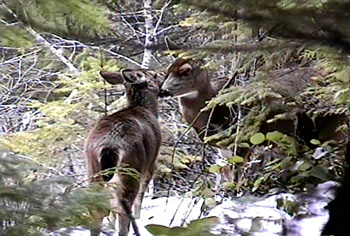
Critics insist logging harms wildlife
In 2004, the B.C. government removed 88,000 hectares of land now owned by Island Timberlands from their Tree Farm Licenses. Critics say this removed most of the environmental protections formerly acknowledged on those lands.
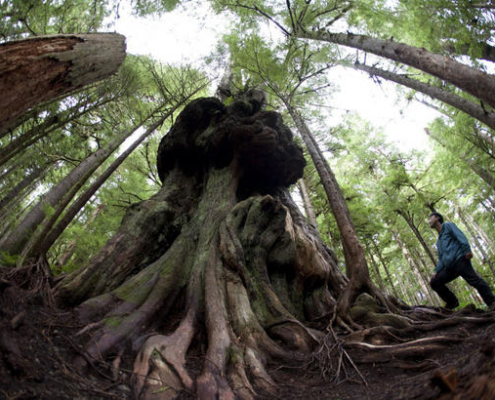
Welcome to Avatar forest in B.C.
PORT RENFREW, B.C.—Pink ribbons knotted to tree branches at the side of a gravel logging road mark the entry to an amazing earthly experience, something so different from anything most people have experienced it might be on another world.
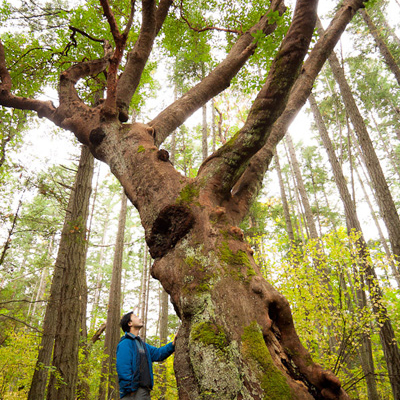
Conservationists fearful of DND land sale
DND, which controls more than 4,000 hectares of land around Greater Victoria, is looking at selling surplus land. The Ancient Forest Alliance has called on the federal government to create protected areas or turn parcels over to agencies which can protect ecosystems.
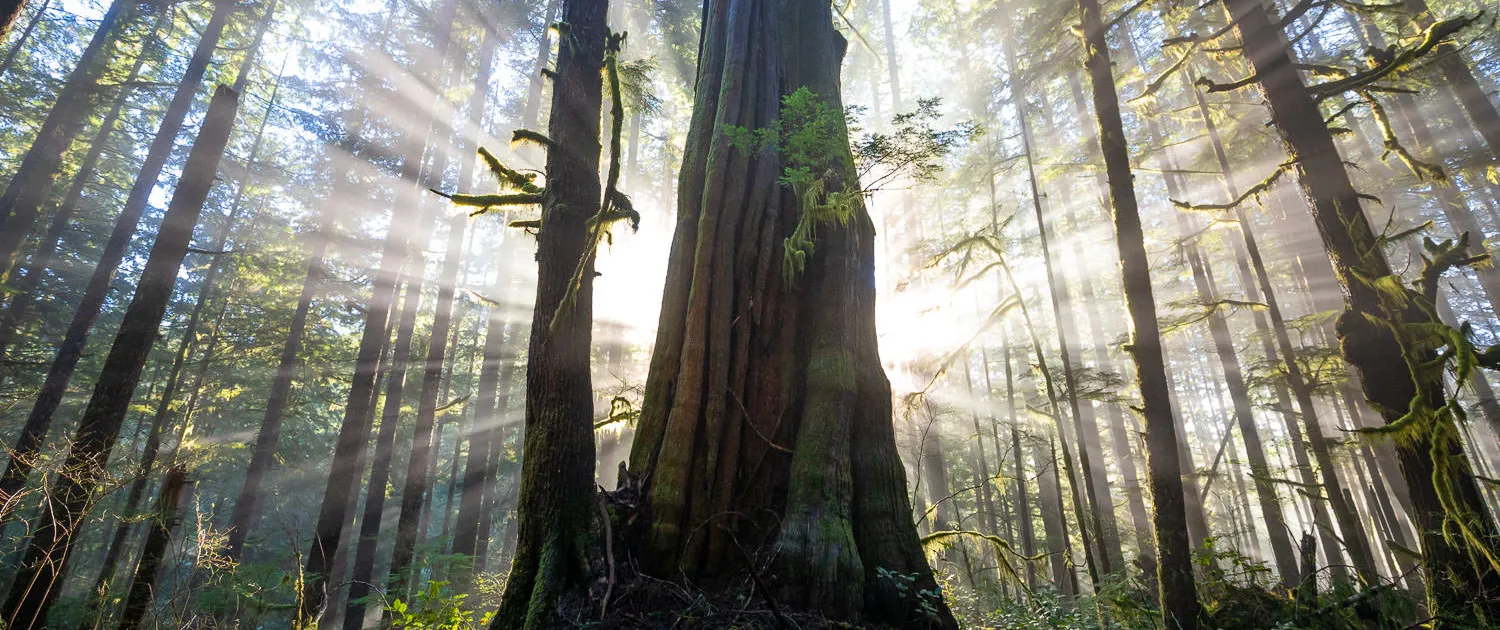
CTV News – Endangered DND Lands Need Protection
Ancient Forest Alliance worries about potential sell-off of unused DND lands for real estate development and calls for federal government to let Canadian Wildlife Service, Parks Canada, the provinces, regional districts, and First Nations protect unused DND lands.
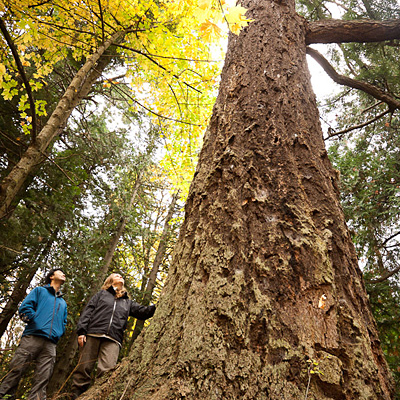
Conservationists Call for the Protection of Endangered Ecosystems on Department of National Defence Lands
The potential sell-off of Department of National Defence (DND) lands reported by the Ottawa Citizen and the Canadian media recently is causing concern for conservationists who fear some of Canada’s most endangered ecosystems could be jeopardized by real estate development.

Ancient forests in B.C. – Canadian Geographic Blog
On the southwest coast of Vancouver Island, just 15 minutes north of the historic logging town of Port Renfrew, an ancient old-growth forest named Avatar Grove gives visitors a glimpse of how the island’s trees may have looked 1,000 years ago.
Big trees boost tourism in West Coast town
Pink ribbons knotted to tree branches at the side of a gravel logging road mark the entry to an amazing earthly experience, something so different from anything most people have experienced it might be on another world.
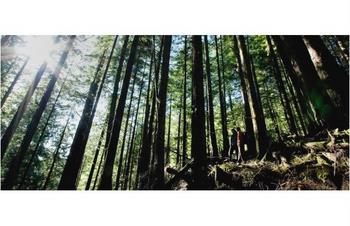
Move by Liberals to amend Forest Act draws criticism
The provincial government has introduced legislation to allow woodlot owners the right to remove their lands from forest management requirements and sell them while retaining their tenure on Crown lands, similar to a controversial move four years ago that allowed large forest companies the same right on Vancouver Island.

CTV News – Ancient Forest Alliance wins Benefit Brew contest
